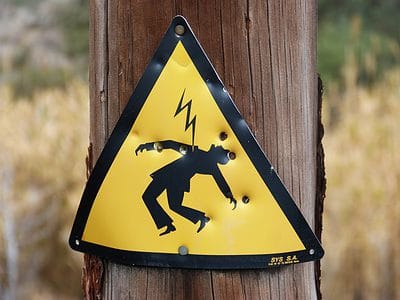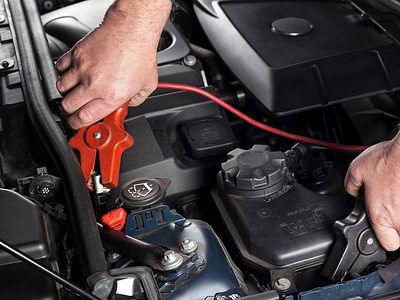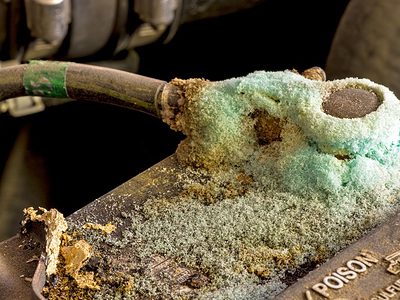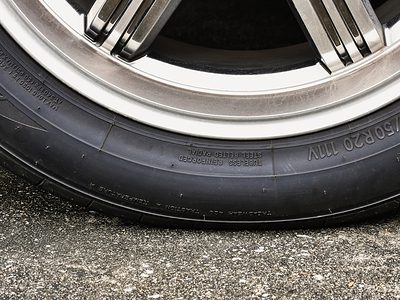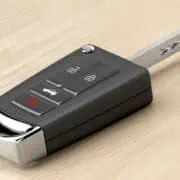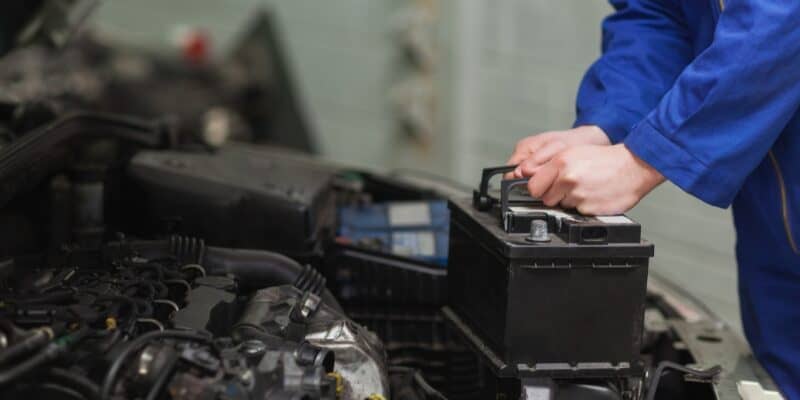
Replacing a car battery is a reasonably simple task, but it can quickly become complicated if you aren’t careful. With modern vehicles relying heavily on advanced computer systems, abruptly cutting off the power supply to the electrical components—such as by disconnecting the battery directly—can result in the loss of important settings. This includes your favorite radio stations, air conditioning preferences, and even your car’s anti-theft system.
However, with the right tools and approach, you can easily change your car battery without losing these precious settings. In this article, you’ll learn how to replace your car battery without disrupting the memory and functions of your vehicle.
Why Does Replacing a Car Battery Reset Memory?
Most modern vehicles (practically every car or truck manufactured after 1996) have computerized engine controls. When you precipitously disconnect the battery on such a car, the loss of voltage to the Powertrain Control Module, also known as Brainbox, causes it to forget its adaptive memory settings in its Keep Alive Memory chip.
As a result, various systems in the car may be disabled or become faulty. An example is the anti-theft system which may be reset or disabled, preventing your car from starting when the battery is reconnected. The engine may crank but not start because the anti-theft system thinks someone is trying to steal the vehicle. And getting a mechanic to fix this would cost you a few bucks.
Another problem that can result from disconnecting your battery directly is the erasure of memory on the radio and clock of your car. Although this is not much of an issue to resolve, it can be frustrating trying to re-find your favorite radio stations.
Lastly, other issues may arise depending on your vehicle’s make and model. These include the malfunction of windows, seats, and sunroof controls and the appearance of false warning lights such as the airbag, brake, or tire warning lights. Nonetheless, these issues are best avoided. And that’s why it’s essential to follow the right procedures and use the right tools when changing your car battery.
What You Need to Change Your Car Battery
A Pair of Gloves
While most modern batteries are sealed and do not leak when handled, it is still advisable to wear gloves. It’s always safer to err on the side of caution and protect your skin. Even if there’s no fear of acid leaking, the glove still prevents contact with grease and similar substances in the engine compartment.
Safety Goggles
Always put on safety goggles or a face shield when working around batteries to protect your eyes. This is because battery fluids contain corrosive acids, and it takes only one droplet to cause significant damage to your eyes. Even opening the vent cap of a battery can cause the release of such chemical droplets.
12V Backup Battery
A backup battery provides power to your vehicle system when the primary power source (main battery) is unavailable. This is a major requirement in changing your car battery because it is notably responsible for preventing memory loss and settings reset during the changing process.
Socket/Wrench
The battery terminal cables are tightly secured to the battery terminals with nuts and bolts. Therefore, you will need a socket wrench, a crescent wrench, an adjustable wrench, or vise pliers to loosen these nuts. It may sound surprising, but having a hammer on hand can also be helpful. A gentle tap or two with the hammer can loosen a stubborn terminal cable from the terminal post.
A Set of Jump Leads
Jump leads are a pair of thick wires that can be used to start a car with a low battery. They are typically used to connect one car’s dead battery to another’s well-functioning battery.
Multimeter
A multimeter is an electronic measuring tool used for identifying a faulty battery. It does so by gauging the battery’s volts, amps, and resistance.
Now you know the tools needed to change your battery without losing settings, let’s delve into the procedures you need to follow.
How to Change a Car Battery Without Losing Settings in Six Simple Steps
With the required tools at hand, you just need to follow this step-by-step guide, and you’ll be done with this task in no time:
Step 1: Establish Clarity on the Issue
The first step is to determine whether a battery change is actually necessary. Many car owners often assume that their battery is dead whenever their engine refuses to start. However, that’s only sometimes the case.
Occasionally, the problem may not be a dead battery but rather a sulfate build-up around the battery terminals, which can be easily remedied by removing the residue. Additionally, instead of replacing your weak battery entirely, you may resort to a thorough reconditioning process to restore it to optimal performance. Thus, it’s important not to jump to the conclusion of changing your battery unless it’s absolutely necessary.
Nonetheless, typical signs that your battery needs to be changed include the following:
- Dim headlights.
- Clicking noise when you turn the key.
- Slow crank.
- Needing to press the gas pedal to start your engine.
- Backfiring.
- Gas leaking from the battery.
Note that these signs on their own do not necessarily indicate a defective battery since other faulty components can also result in these symptoms. However, if you notice up to three or four of these signs, you will likely need a battery change.
Step 2: Set up a Good Working Area
After confirming that a battery replacement is necessary and obtaining a suitable replacement, the next step is to prepare your workspace. Changing a car battery is similar to performing semi-major electrical work on a vehicle or in a household, which is why it’s crucial to ensure that you have a safe workspace that is free from other people and any unrelated electrical components.
Remember, car batteries come with many reactive chemicals, so ensure there are no flammable or highly reactive substances in the vicinity. A level ground, such as a driveway or a garage, is a suitable option. Furthermore, protect yourself by wearing proper safety gear (gloves and goggles/face shields). And remember to turn off the engine and remove the key from the ignition before commencing the process.
Step 3: Connect a Secondary Power Source
There are two ways to utilize a secondary power source. The first method involves using a booster or jump pack, while the second requires a 12V car battery as a donor and a set of jump leads.
Some people suggest using a memory saver, which is believed to be easier, but industry experts advise against this method. This is because a memory saver saves every code in your car system, which can include faulty codes. This can be very detrimental to the security settings of your car and may be costly to fix. Hence, it’s typically best to use the “12V battery style” as it is the easiest of the reliable methods.
To use the 12V battery approach, start by placing the 12V battery on the floor and connecting the crocodile clips to the various terminals in the following order:
- Connect the RED (positive) clip to the dead battery’s positive terminal.
- Connect the RED (positive) clip to the donor battery’s positive terminal.
- Connect the BLACK (negative) clip to the donor battery’s negative terminal.
- Connect the BLACK (negative) clip to an unpainted metal part of the car containing the dead battery. Make sure it doesn’t come in contact with the dead battery.
Once you’ve followed through with this, you’ll have an excellent secondary power source ready to be used. Next, start the engine.
Step 4: Remove the Old Battery
Once the secondary power is set up and the engine starts running, the next step is safely removing the dead battery. Use a socket wrench to loosen the dead battery’s lug nuts and securely remove the clamp. Once the tray is loosened and the battery is no longer attached to anything physical, remove the leads from the battery.
Be careful when removing the negative lead from your current battery and ensure the crocodile clips from your secondary power source are always connected. After safely removing the old battery, the 12V secondary battery will be the only thing powering your car. So take out your replacement battery from its box and keep the old one for safe disposal.
Step 5: Connect the New Battery
Cautiously insert the new battery without touching the old leads currently powering your car. Once the battery is inserted, immediately connect the red to the positive terminal and the black to the negative terminal of your new battery. Take the crocodile clips off them, and tighten the bolts on the battery tray.
After that comes the moment of truth. Start the engine and check whether the new battery is fully functional and whether your settings are correct. Do this by turning on the headlights, the air conditioner, and the radio to confirm that they are all working correctly. Everything should be in order if you’ve followed this guide step by step.
Lastly, remember to dispose of the old battery safely since it contains harmful chemicals that are dangerous to the environment. You can do this by simply taking the battery to your local auto parts store and telling them to get rid of it for you. Once you’ve done this, you’re good to go.
Changing your car battery without losing settings
Now you know the steps and precautions for changing a car battery without losing memory. You can now replace your battery without having to see a mechanic after. Nevertheless, bear in mind that there’s always a chance that you’ll make a mistake when changing your battery and lose your precious car settings. That’s why it’s critical not to tamper with your battery frequently. Instead, invest in a durable battery that will require minimal attention and save you from unnecessary stress or headaches.

